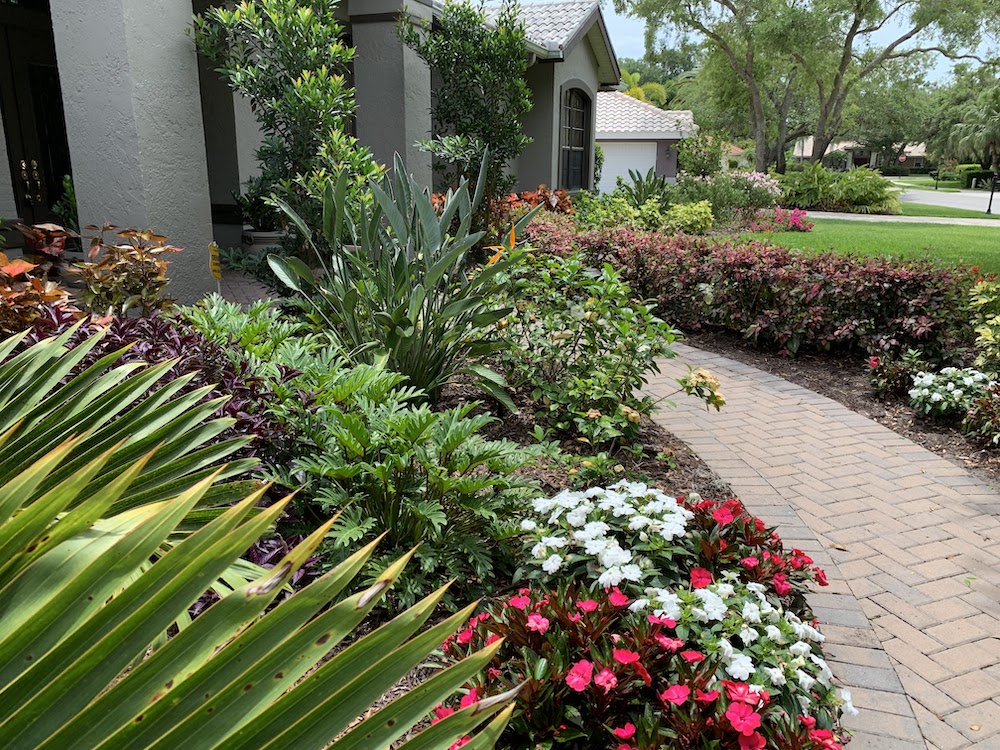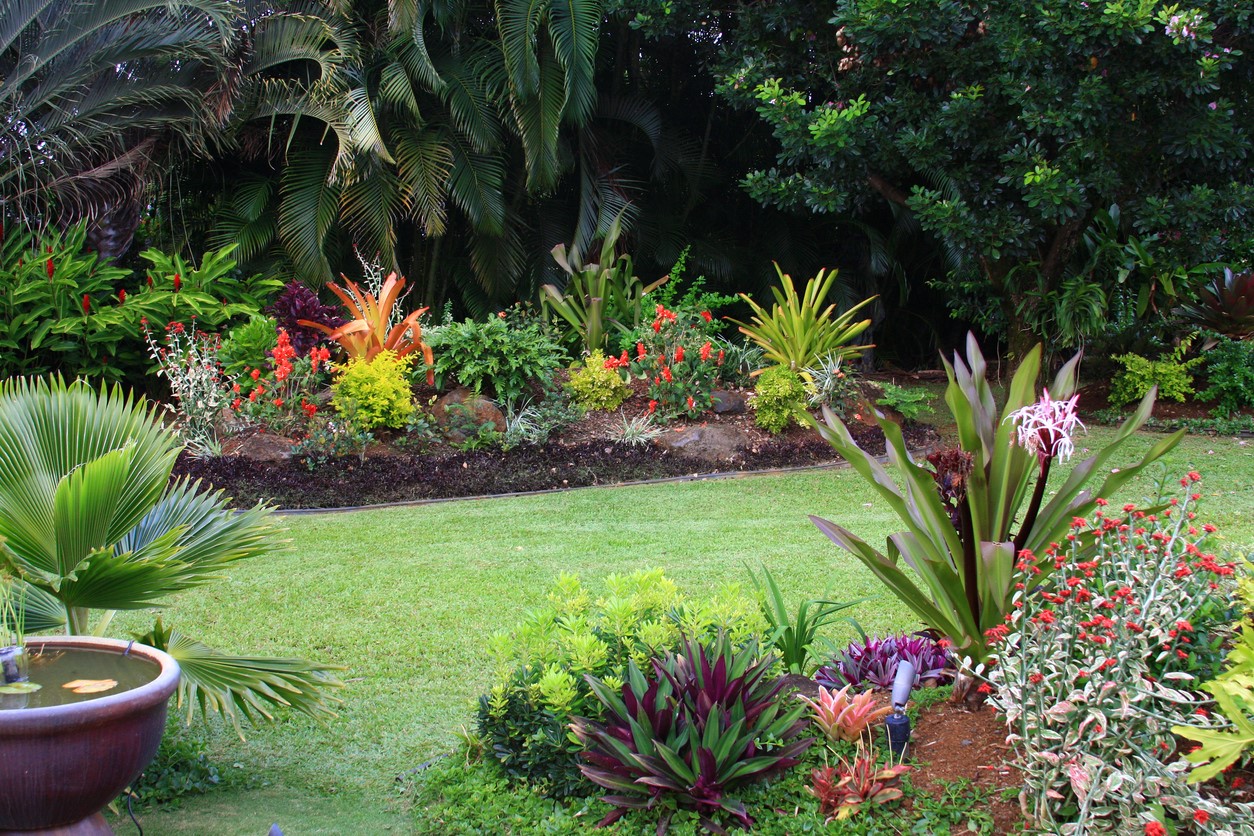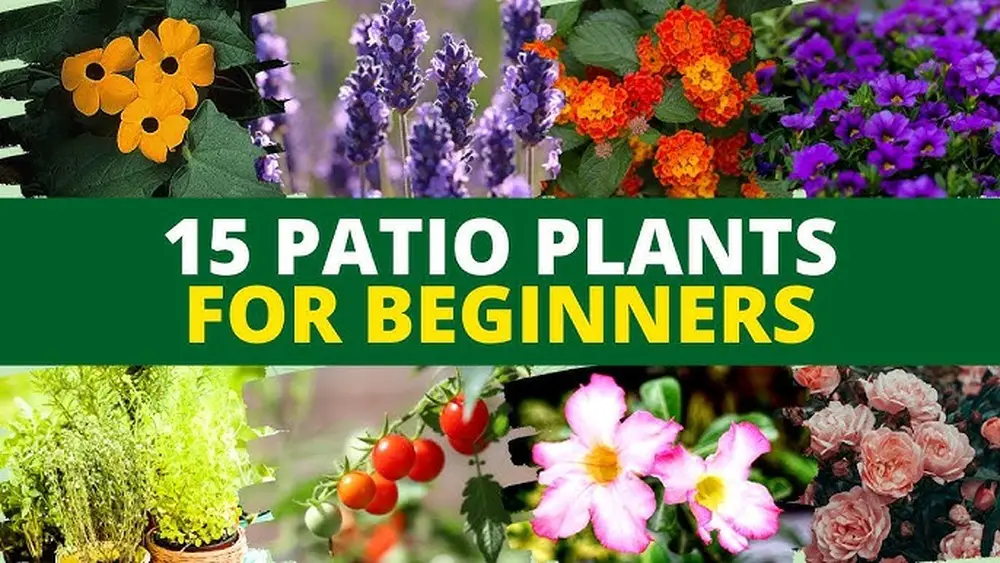Starting a garden in Florida can feel overwhelming, especially if you’re new to planting. You want plants that are easy to care for, thrive in the Florida climate, and add beauty to your space without constant fuss.
Imagine stepping outside to a vibrant garden filled with colorful blooms or lush greenery that practically takes care of itself. Sounds perfect, right? You’ll discover the best plants for beginners in Florida—those that will boost your confidence and bring your garden to life quickly.
Keep reading to find out which plants are low-maintenance, hardy, and ideal for your Florida garden. Your gardening success story starts here!

Credit: www.all-trustedlawncare.com
Top Easy Plants For Florida
Florida’s warm climate makes gardening a joy, especially for beginners. Choosing easy plants helps build confidence and ensures success. These plants thrive with little care and add beauty to any garden or home.
They tolerate Florida’s heat and humidity well. Many bloom often, providing color throughout the year. Here are some top easy plants for Florida that beginners can enjoy growing.
Pentas Flowers
Pentas are vibrant and low maintenance. They bloom in clusters of red, pink, lavender, or white flowers. These plants attract butterflies and hummingbirds, adding life to your garden. Pentas grow well in full sun and need moderate watering.
Lantana Varieties
Lantana is a tough plant that loves Florida’s heat. It produces bright, multi-colored flowers that bloom almost all year. This shrub resists pests and drought. Lantana works well for borders or containers and needs minimal care.
Peace Lily Care
Peace lilies are perfect for indoor spaces. They grow well in low light and improve air quality. Keep the soil moist but not soggy. Peace lilies bloom white flowers and only need occasional feeding. They suit beginners who want easy houseplants.
African Violets
African violets thrive indoors with indirect light. They bloom small, colorful flowers in purple, pink, or white. Water them from the bottom to avoid leaf spots. These plants bloom year-round with simple care. Great for windowsills and small spaces.
Hibiscus Selection
Hibiscus plants bring tropical flair to any garden. They produce large, bright flowers in many colors. They need full sun and regular watering. Hibiscus can grow in pots or garden beds. Prune lightly to encourage more blooms and keep shape.

Credit: tropicalgardenslandscape.com
Low-maintenance Native Plants
Choosing low-maintenance native plants is a smart way for beginners in Florida to start gardening. These plants thrive in Florida’s climate with little care. They save time and water, making gardening easier and more enjoyable. Native plants also support local wildlife and keep the garden healthy.
Native plants adapt well to Florida’s soil and weather. They resist pests and diseases naturally. This reduces the need for chemicals or extra work. Gardening with these plants helps create a beautiful, sustainable garden space.
Goldenrod Benefits
Goldenrod is a bright, sunny flower that blooms in late summer. It attracts bees and butterflies, helping pollinate other plants. This plant grows well in dry or sandy soils common in Florida. Goldenrod is drought-tolerant and needs little watering once established. Its tall stems add height and color to any garden.
Swamp Sunflower Appeal
Swamp sunflower grows best in moist soils but can handle some drought. Its bright yellow flowers bloom from summer to fall. This plant attracts butterflies and birds. Swamp sunflower adds a splash of color to wet areas or rain gardens. It requires minimal care and can grow in full sun or partial shade.
Muhly Grass Features
Muhly grass is a tall, ornamental grass with pinkish-purple blooms. It adds texture and movement to the garden. This grass thrives in well-drained soils and full sun. Muhly grass is drought-resistant and needs little trimming. It creates a soft, natural look that fits many garden styles.
Milkweed For Wildlife
Milkweed is essential for monarch butterflies. It is the only plant where monarchs lay their eggs. Milkweed produces clusters of small flowers that attract many pollinators. This plant grows well in sandy or clay soils. Milkweed needs little water once established and helps support local wildlife.
Best Indoor Plants For Beginners
Choosing the right indoor plants can make gardening easier for beginners in Florida. Indoor plants brighten homes and improve air quality. Some plants need less care and grow well in Florida’s climate. These plants fit well inside and require minimal attention. They thrive with little water and light. Here are some top choices for new plant lovers.
Bougainvillea Indoors
Bougainvillea is famous for its bright, colorful blooms. It adapts well to indoor pots if given enough sunlight. Place it near a sunny window for best growth. Water it moderately and avoid overwatering. This plant adds a tropical feel to any room. Its vibrant flowers last for months with simple care.
American Beautyberry
American Beautyberry is a unique indoor shrub with bright purple berries. It grows well in containers inside homes. This plant prefers partial sunlight and regular watering. It can brighten up any indoor space with its colorful fruits. It also attracts birds if placed near a window that opens to the outside.
Black-eyed Susans
Black-eyed Susans are cheerful yellow flowers that fit well indoors. They need bright light but can tolerate some shade. Water them when the soil feels dry. These flowers bloom for weeks and need little care. They bring a sunny, warm vibe to any indoor garden.
Pineapple Plant Tips
Pineapple plants are fun and easy to grow indoors. They need bright, indirect light and well-draining soil. Water the plant lightly but regularly. Avoid letting water sit in the base. Pineapple plants grow slowly but add a tropical touch. They can even produce small pineapples indoors with patience.
Simple Landscaping Ideas
Simple landscaping ideas make gardening easy and fun for beginners in Florida. A clear plan helps create a neat and beautiful yard. Start with easy steps that bring balance and charm to your outdoor space.
Focus on small groups of plants, add natural stone or wood features, and pick colors that match Florida’s sunny climate. These ideas work well for beginners and keep your garden low-maintenance.
Using The Rule Of Three
The rule of three means planting in groups of three or other odd numbers. Odd numbers look more natural and pleasing to the eye. Plant three of the same flower or shrub together for a balanced look. Use three stepping stones or pots to keep the space inviting. This rule creates flow and avoids a stiff, formal feel.
Plant Grouping Tips
Group plants with similar water and sunlight needs. Mix tall and short plants to add depth. Place flowering plants next to green shrubs to add variety. Keep some space between groups to avoid crowding. Grouping this way helps plants grow healthy and makes your yard look organized.
Hardscape Elements
Hardscape means non-plant parts like stones, paths, or garden furniture. Use natural stone or wood to match Florida’s landscape. Add a small walkway or a simple bench to create interest. Hardscape elements give structure and make your garden easy to enjoy. They also reduce the area that needs watering.
Color Scheme Choices
Choose colors that suit Florida’s bright sun and warm weather. Use soft greens and blues for calmness. Add bright flowers like pentas or hibiscus for pops of color. Limit your palette to three or four colors for harmony. Color choices help your garden feel lively yet peaceful.
Creating Focal Points
A focal point draws attention and adds interest. Use a large plant, a garden statue, or a water feature. Place it where you want the eye to stop, like near the entrance or patio. Focal points give your garden a clear center and make it feel complete. They also help beginners plan the space more easily.
Waterwise Gardening In Florida
Waterwise gardening in Florida is smart and saves water. It suits the state’s warm climate and occasional dry spells. Choosing the right plants helps keep gardens healthy with less water. This approach also supports local wildlife and reduces garden care time. Waterwise gardening creates a beautiful, sustainable outdoor space.
Rain Garden Plants
Rain garden plants soak up rainwater and reduce runoff. They grow well in wet spots and handle occasional flooding. Examples include goldenrod, swamp sunflower, and muhly grass. These plants help filter rainwater naturally. They add color and texture to your garden.
Controlling Water Naturally
Using mulch and native plants helps control water in the garden. Mulch keeps soil moist and cool. Native plants need less water and resist pests better. Grouping plants with similar water needs saves water and time. These methods keep your garden balanced and healthy.
Drought-tolerant Options
Drought-tolerant plants survive with little water. They thrive in Florida’s dry seasons. Good choices include agave, yucca, and lantana. These plants have thick leaves or deep roots to store water. They add beauty and require less watering.

Credit: www.stanleyhomesinc.com
Frequently Asked Questions
What Is The Easiest Plant To Grow In Florida?
Pentas is one of the easiest plants to grow in Florida. It blooms nonstop with vibrant red, pink, lavender, or white flowers. This low-maintenance plant thrives in Florida’s climate and adds continuous color to any garden.
What Is The 70/30 Rule In Gardening?
The 70/30 rule in gardening means planting 70% easy-care plants and 30% challenging varieties. It balances maintenance and variety.
What Is The Best Low-maintenance Landscape In Florida?
The best low-maintenance landscape in Florida features native, drought-tolerant plants like muhly grass, goldenrod, and milkweed. Rain gardens with these plants control water naturally. Group plants in odd numbers for balance and visual appeal. This approach reduces upkeep while enhancing beauty.
What Is The Rule Of 3 In Landscaping?
The rule of three in landscaping groups plants or features in threes to create natural, balanced, and visually appealing designs. It enhances flow, depth, and cohesion, making outdoor spaces more dynamic and harmonious. This principle applies to plantings, hardscaping, and color schemes for better garden aesthetics.
Conclusion
Choosing the right plants makes gardening simple and fun in Florida. Start with easy, low-maintenance varieties like pentas or goldenrod. These plants grow well in Florida’s warm climate and need little care. Grouping plants in threes adds natural beauty and balance to your garden.
Enjoy watching your garden thrive with minimal effort. Gardening can bring joy and relaxation every day. Keep learning, experimenting, and growing your green space with confidence.

